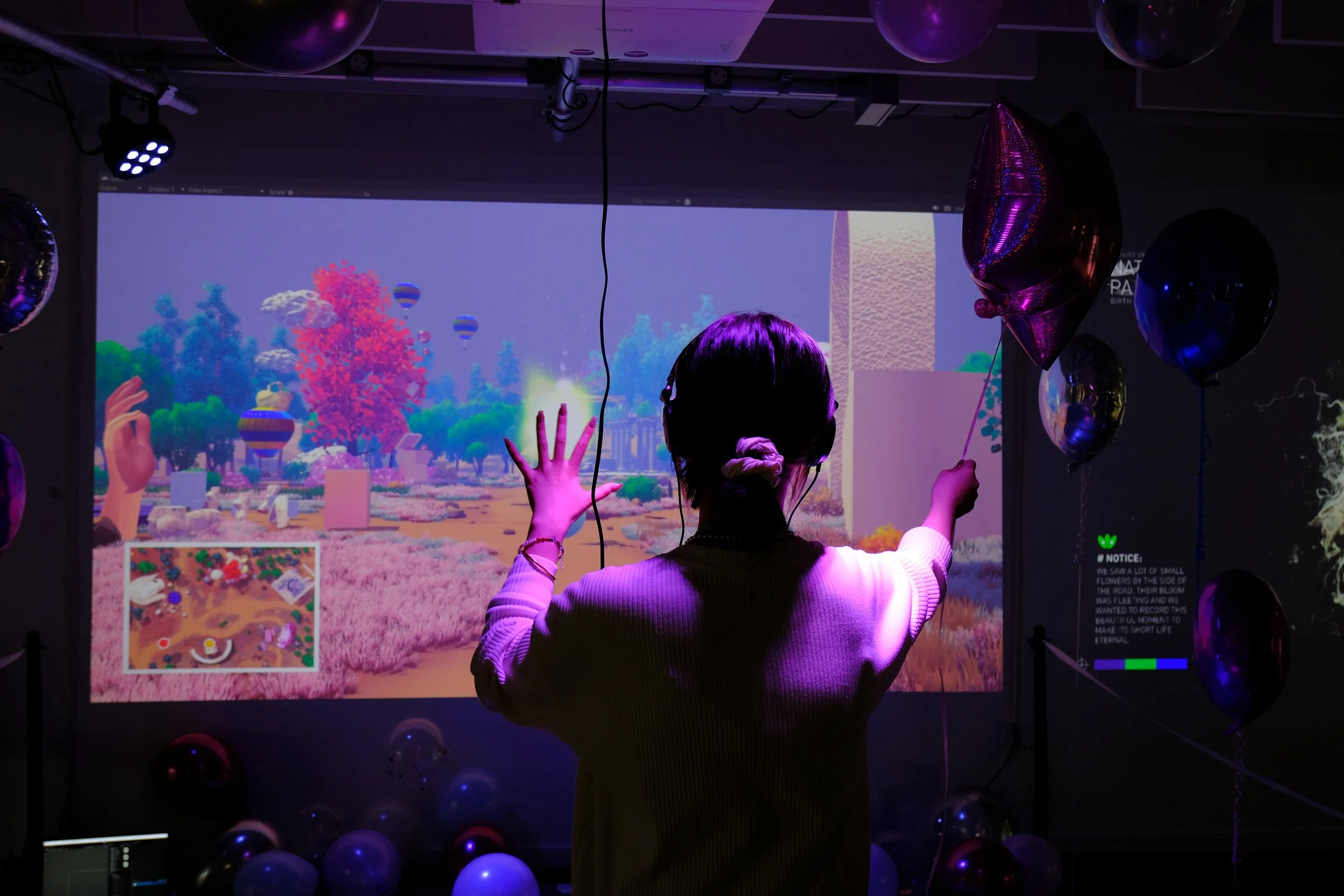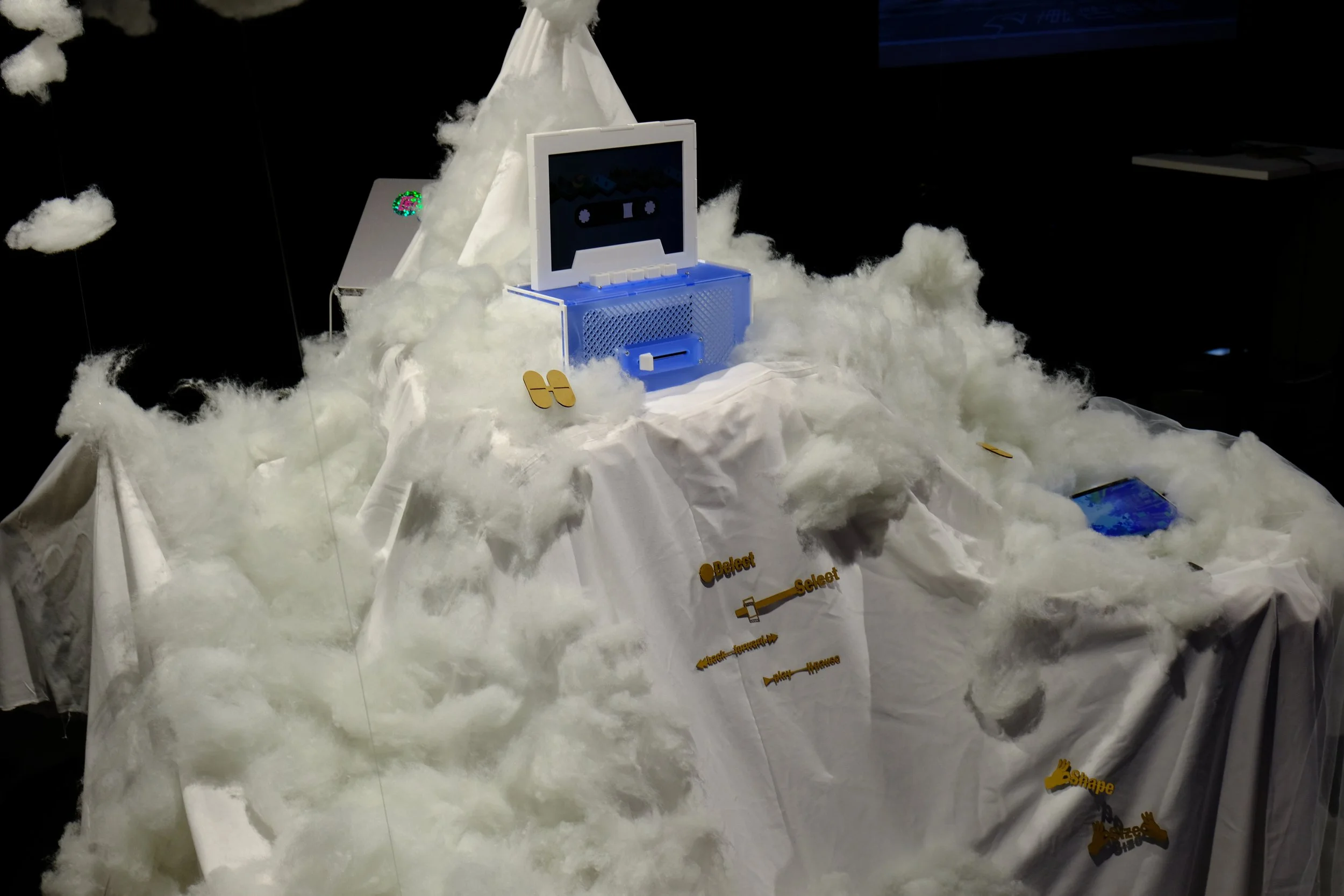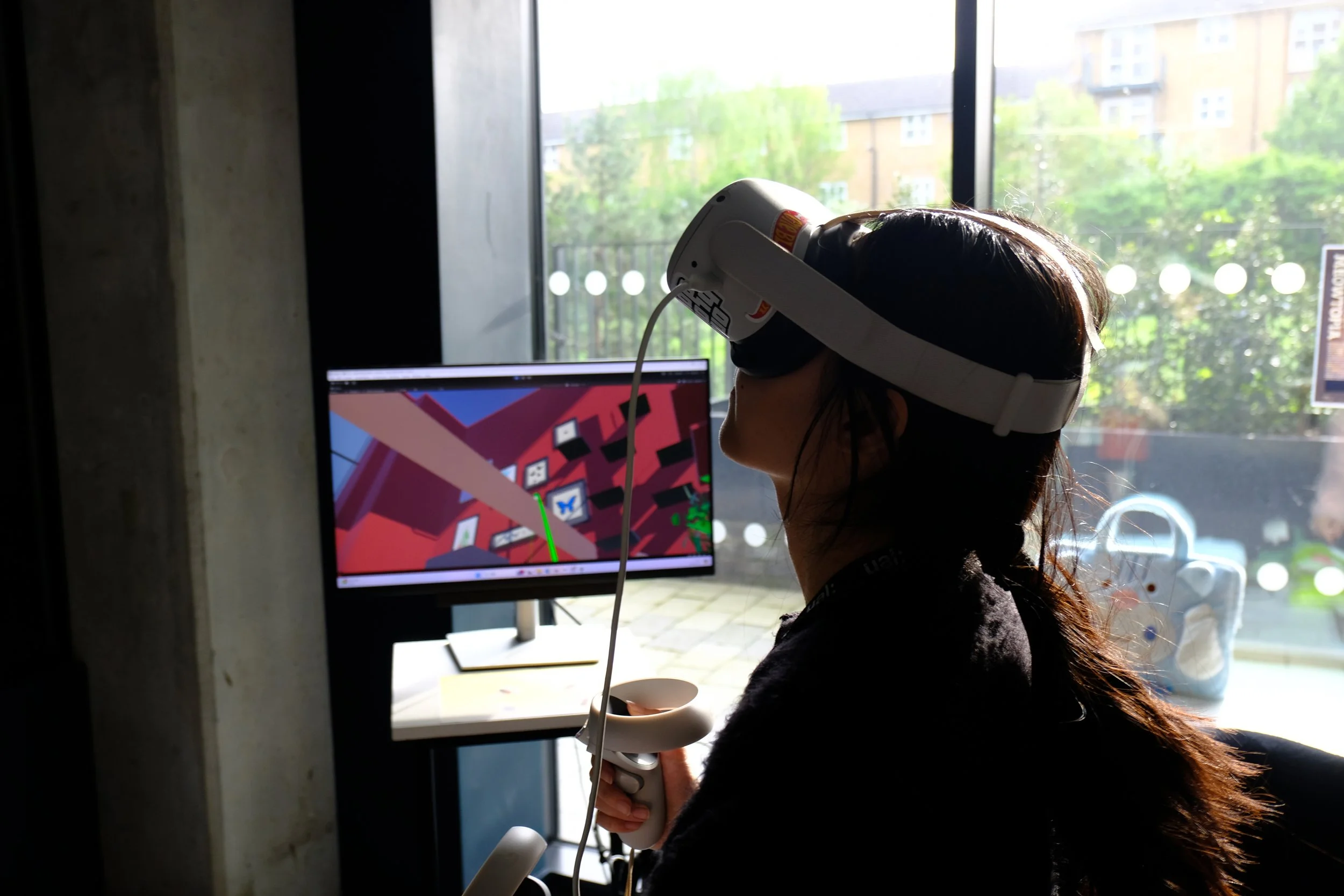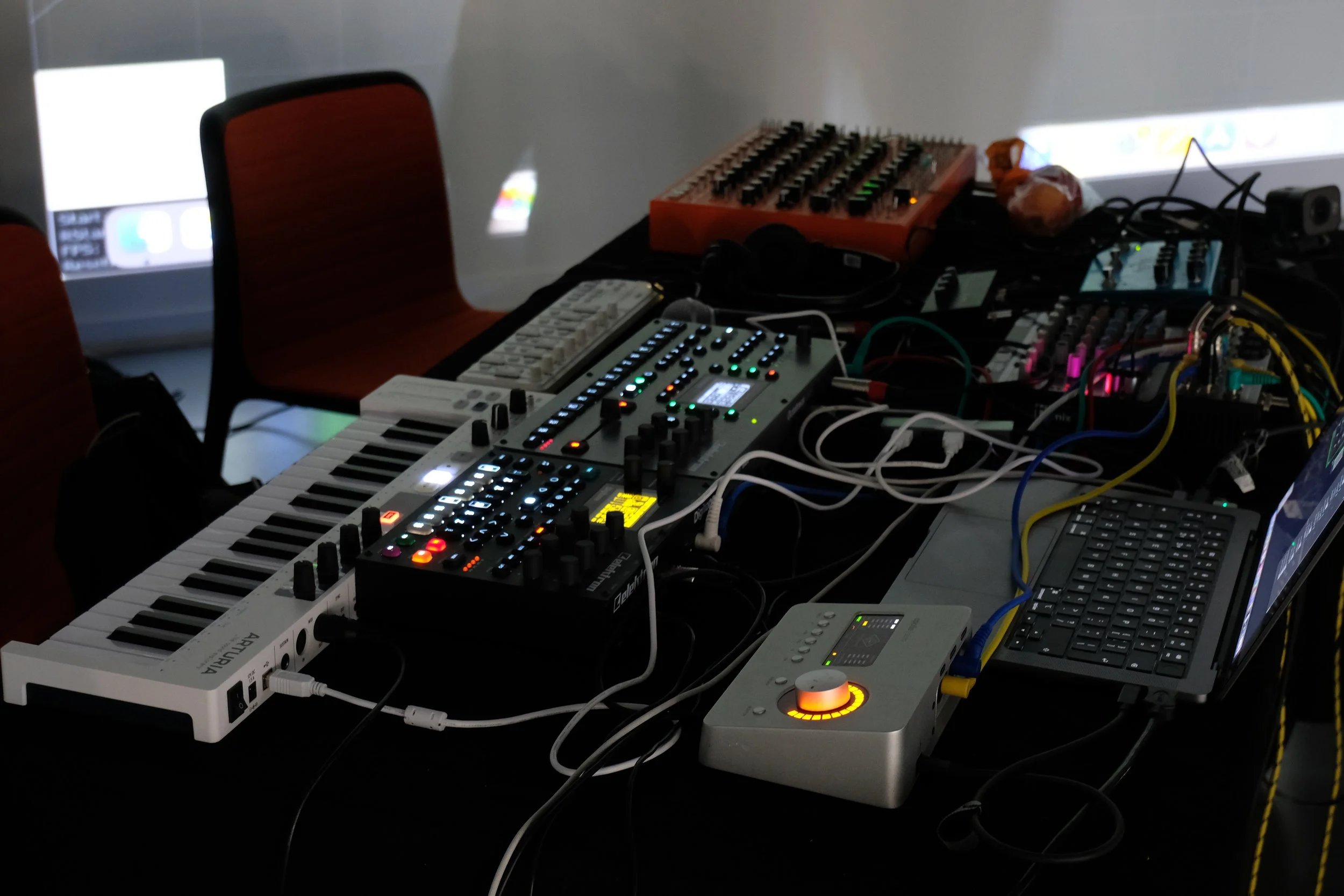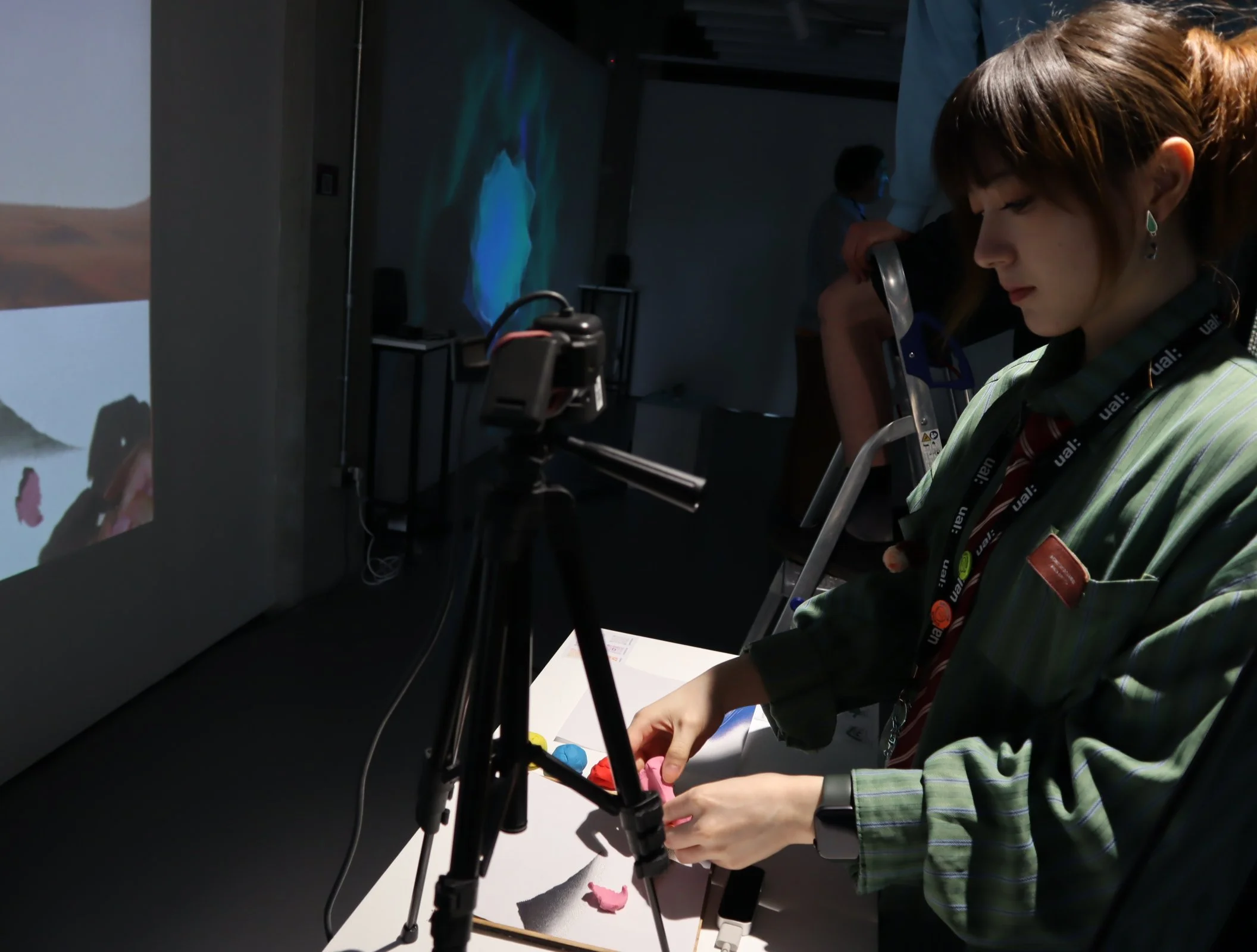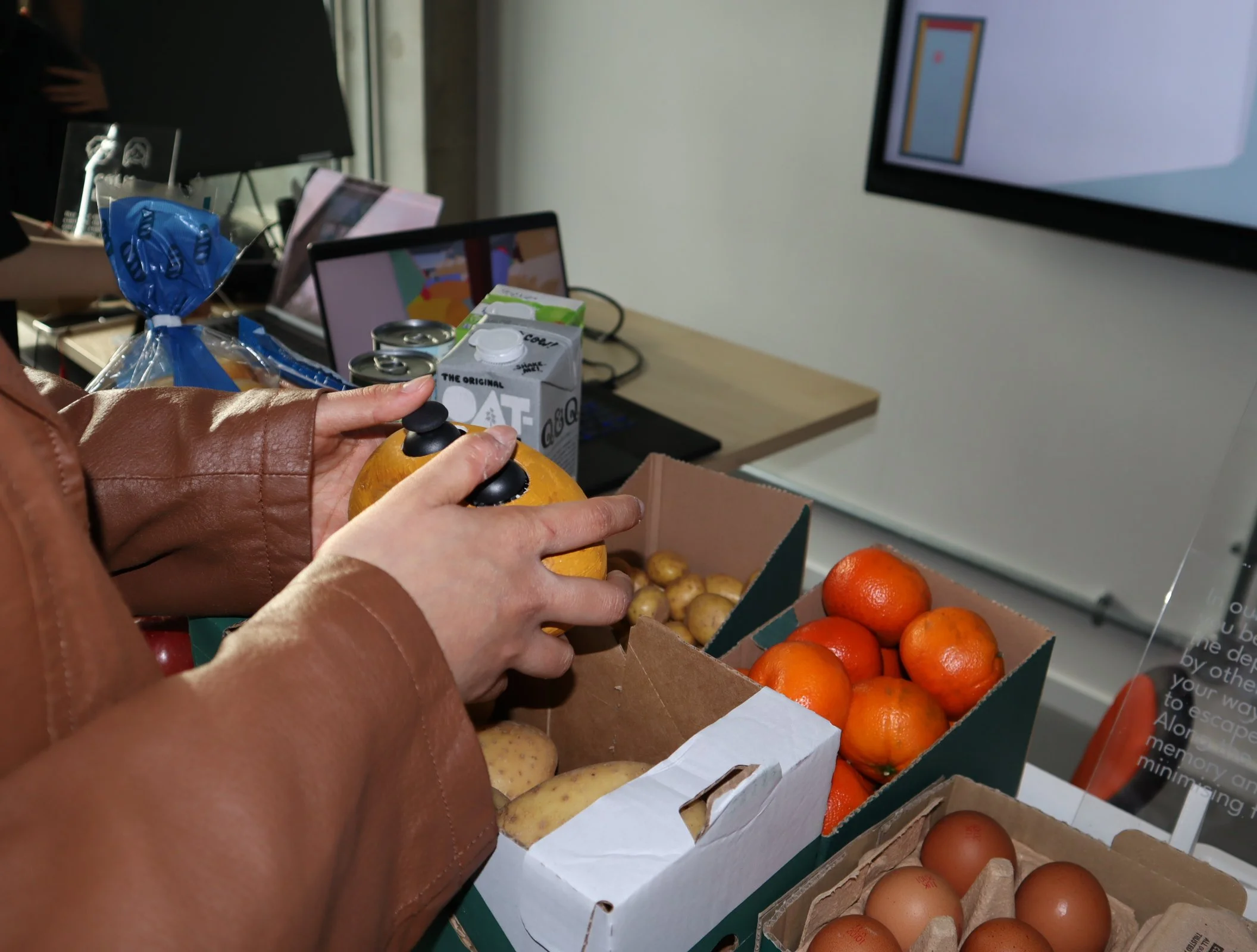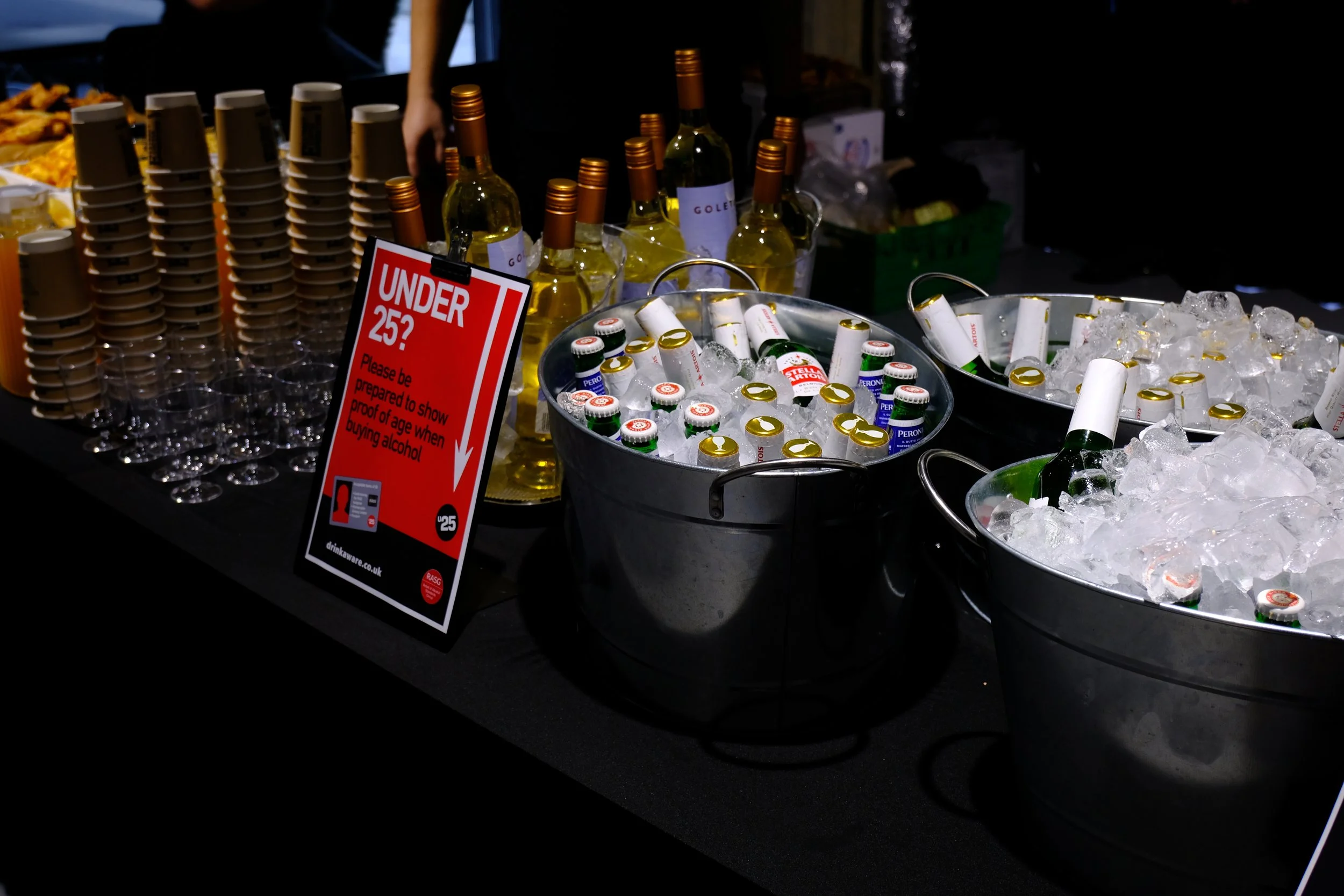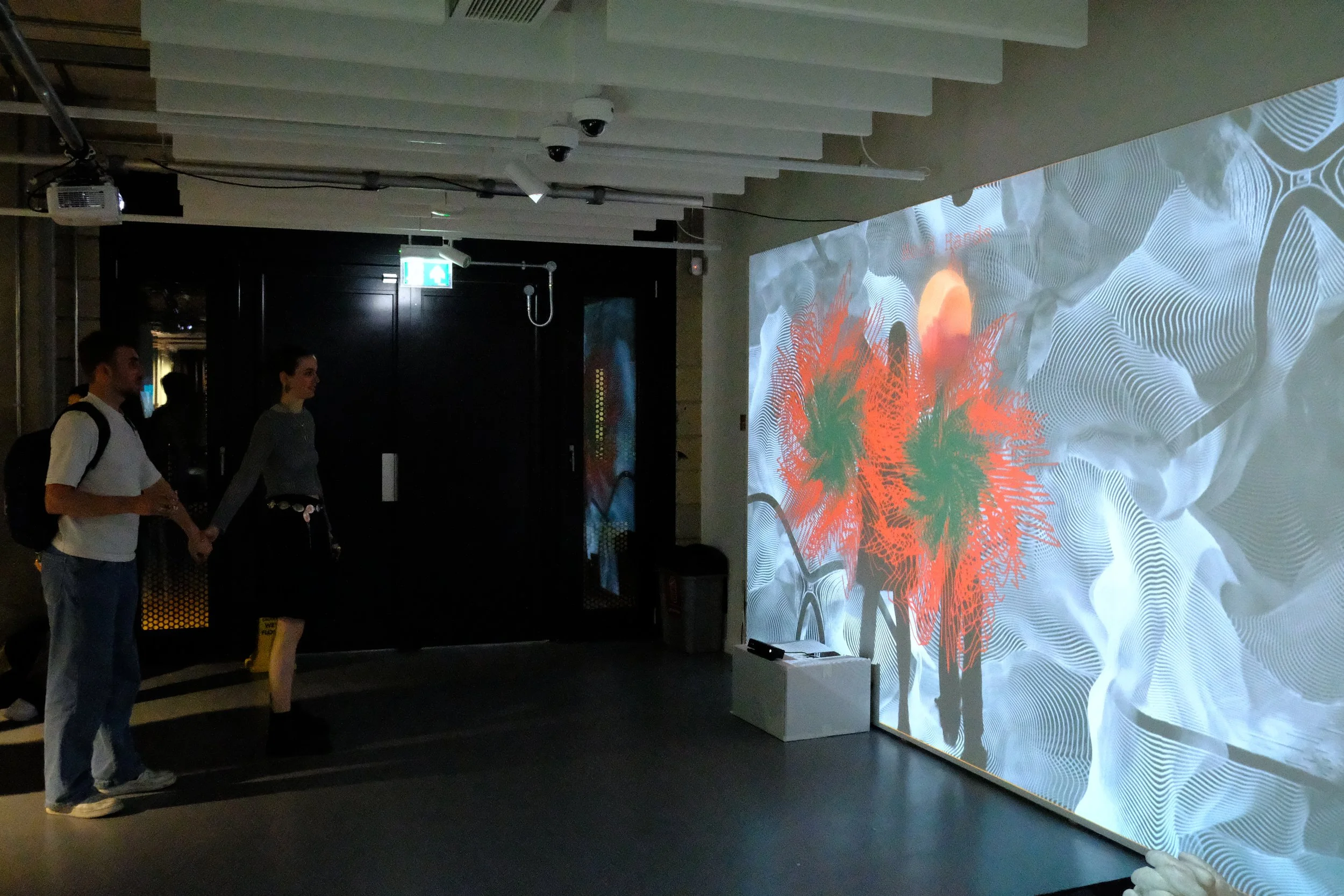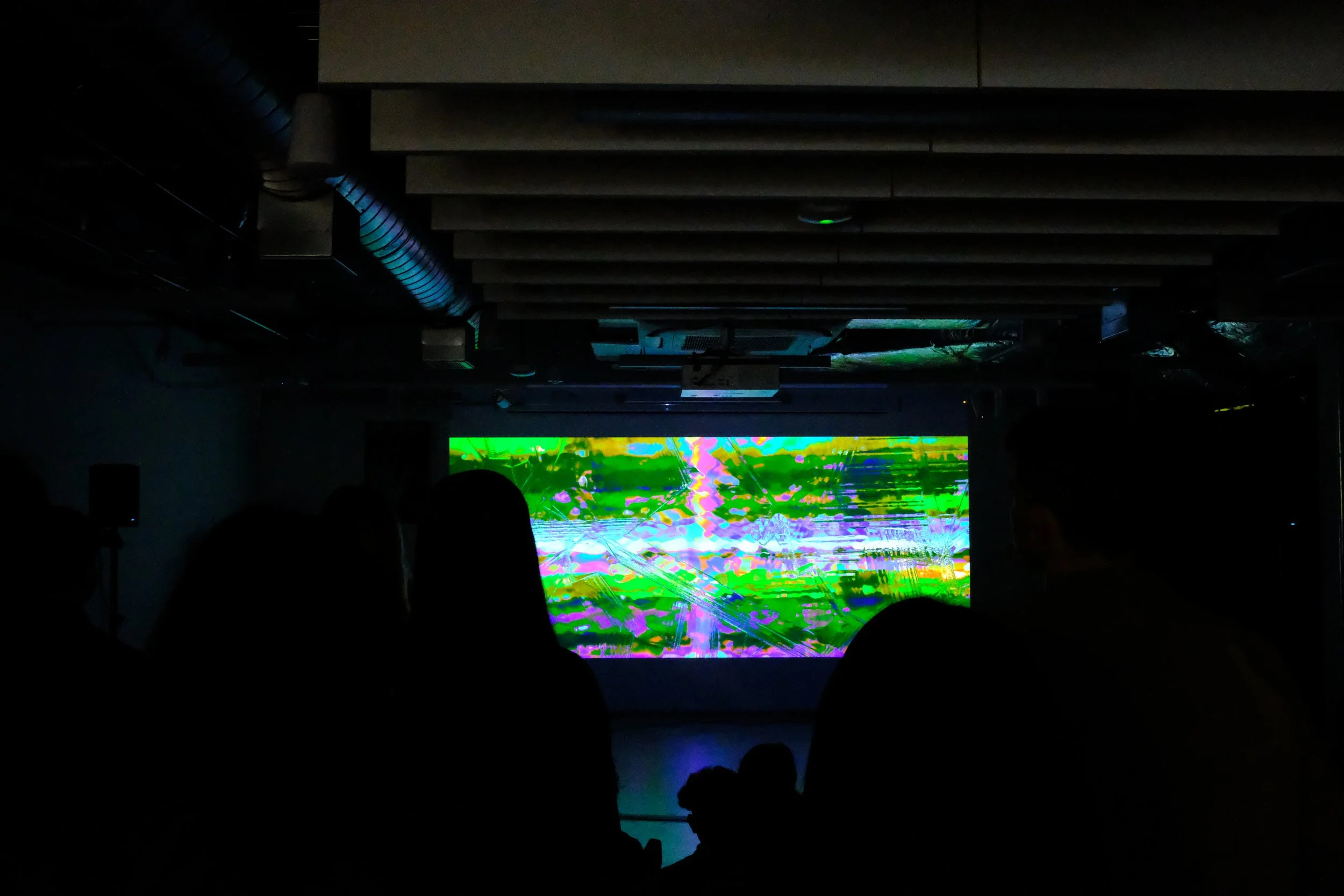senseScape
senseScape
I was chosen as the Creative Director for a student-led exhibition, a role in which I crafted the overarching theme and managed both the concept and engagement strategies for projects utilizing TouchDesigner and Unity. My contributions also extended to two collaborative projects, adding a multifaceted dimension to my leadership. Throughout this experience, I ensured a seamless integration across various facets including communication, graphic design, and the final layout, ensuring that each element was harmoniously aligned for a cohesive and impactful display.
Description
Throughout history, humanity has delved into the realm of the senses, seeking to understand and manipulate perception through different approaches. Today, armed with unprecedented technological advancements, we stand on the brink of redefining our very experiences of life and perception.
Crafted by the visionary minds of students at the forefront of creative technology, senseScape invites you into a world where digital innovation dissolves the boundaries of physicality, offering a new dimension to sensory experience. Featuring a dynamic array of works, including embodied games, virtual reality installations and immersive audiovisual performances, this exhibition creates a sensory playground that invites you to contemplate the essence of your own experiences.
senseScape is where curiosity meets innovation and builds a playground for the senses, subtly provoking you to question the very nature of experience itself.
The Curation
A collective of CCI’s postgraduate Creative Computing students, intend to play with the alchemical abilities of technology. Whether before alchemy ought to transmute elements into noble ones and discover life altering elixirs, computing power lies into converting binary codes into complex systems capable of significantly altering our existence. We align ourself with this archetype due to our diverse educational backgrounds and interests, which, when combined with computing offer us a perspective distinct from others. Moreover, through collaboration, we bring forth diverse viewpoints on the future of computing, enriched by our multidisciplinary approach.
Concept development
We were drawn to the concept of the alchemist for its ability to manipulate natural elements and engage the human senses. Our diverse backgrounds, combined with computing, similarly create a kind of alchemical work designed to alter human perception.
For our exhibition poster, we chose to incorporate ancient alchemical imagery. The most inspiring image was of a human hand clutching alchemical symbols. We reimagined this with a robotic hand holding elements of physical computing like an LED, motor, potentiometer, chip, and switch.
The poster itself was designed in a retrofuturistic style, a cultural movement popular in the 1960s and 1970s known for its fusion of historical and futuristic aesthetics, drawing from mid-20th-century futuristic visions. This style evokes a nostalgic reflection on past technological aspirations, commonly featured in design and media.
To the right, you can view the final poster used to represent and promote our exhibition.
Map & Categories
When designing the map for the exhibition, I aimed to create an engaging experience by dividing it into five thematic categories that define the overall journey. After reviewing all the showcased projects, I identified common themes that naturally grouped the projects together. The categories I devised are: Fabrication of Nature, Interconnectedness, Lost Memory, Forgotten Places, and Embodiment/Play.
The map significantly influences how visitors navigate through the exhibition. We also implemented color-coded QR codes for each category, linking visitors directly to a webpage with more details about each project. I'll share more about this feature later.
-
Viewers have the opportunity to engage with various digital works, each offering a unique platform to create personalised interpretations of the world.
This theme runs through multiple projects, allowing participants to explore and manipulate virtual environments—adjusting terrain, climates, and ecosystems to reflect their visions. This interactive approach invites a deeper understanding of the intricate balances that govern real and virtual ecosystems.
-
Highlight the interconnectedness of all elements within nature, underscoring the fact that humans, as integral components of the natural world, are also interconnected with each other. This emphasizes the importance of fostering physical interaction and connection.
-
Delving into the complexities of human experiences and psyche, we explore how memories contribute to shaping an individual's identity and examine the transformative effects that recovering forgotten memories can have on a person's perspectives and behaviours.
-
As we transition from the theme of lost memories to that of forgotten places, we delve into a deeper examination of the broad societal impacts that humanity exerts on our home, Earth.
This exploration highlights the often-overlooked areas affected by urban expansion, industrial development, and environmental degradation. By bringing these forgotten places to the forefront, we aim to provoke a critical reflection on how our collective actions reshape the natural landscapes.
-
A fun section of the exhibit features an interactive area where visitors can partake in playful exploration by assuming unique roles or experiences, providing them with alternative perspectives.
This immersive environment encourages participants to step outside their everyday experiences, fostering creativity and broadening their understanding of different viewpoints such as cats, mice or potatoes.


